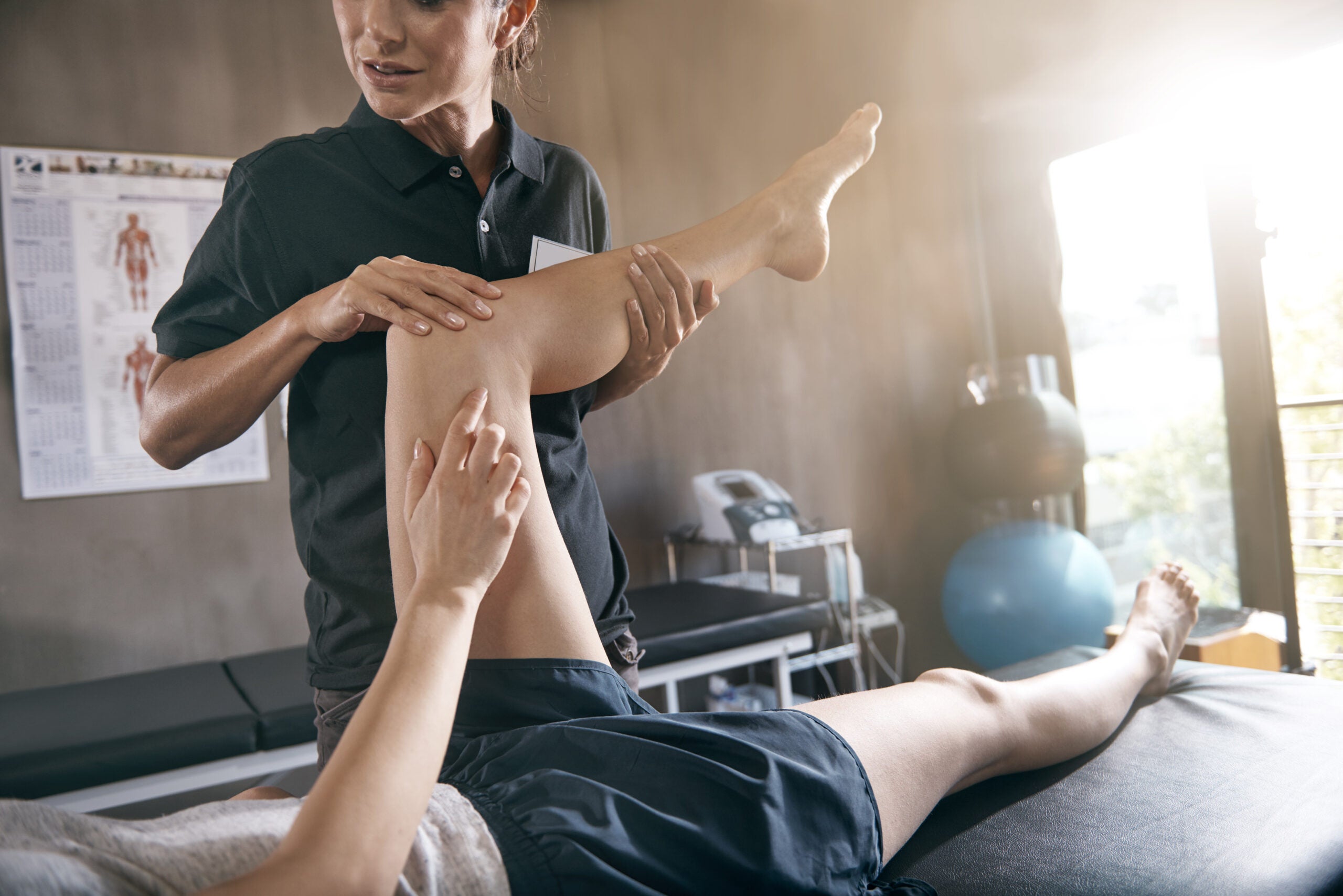Learn Common Athletic Injuries and Efficient Rehabilitation Plans aimed at Athletes
Learn Common Athletic Injuries and Efficient Rehabilitation Plans aimed at Athletes
Blog Article
Athletic traumas are common among athletes of every age groups and skill levels. These traumas can happen in multiple types, including ligament injuries, strains, fractures, and tendon inflammation. Comprehending the types of injuries that can happen during sports events is essential for both avoiding and care. Sprains, for example, entail the stretching or tearing of ligaments, which link bones at a articulation. Muscle injuries, on the contrary hand, affect muscles or tendon structures, which attach muscle tissues to bones. Recognizing these traumas early can help athletes seek suitable treatment and return to their activity more rapidly.
One of the frequently frequently seen traumas in athletics is the foot sprain. This trauma often happens when an individual touches down ungracefully or rotates their foot during a match. Symptoms of an ankle sprain include discomfort, inflammation, and difficulty walking. Prompt care typically involves the R.I.C.E. method, which stands for Recovery, Ice, Wrapping, and Lifting. This approach aids reduce swelling and pain. In more severe cases, physical treatment may be necessary to regain strength and mobility to the foot before going back to athletics.
Another frequent injury is a muscular strain, which can happen in all sport that demands sudden actions or heavy weight-bearing. Athletes may experience a muscular injury when they stretch a muscular tissue too much or when they apply too much effort. Symptoms include acute discomfort, swelling, and muscular spasms. Recovery for muscular strains often entails gentle flexibility exercises and conditioning exercises. Slowly increasing activity levels is crucial to avoid re-injury. Continue Reading Athletes should collaborate tightly with a physical specialist to develop a secure and effective rehabilitation plan.
Tendon inflammation is another injury that can affect sportspeople, particularly those who participate in frequent motions, such as joggers or swimmers. This issue happens when a tendon structure, which links muscular tissue to bone, gets swollen. Frequent locations involved by tendonitis include the elbow, upper arm, and leg. Symptoms often include pain and stiffness, especially during movement. Treatment for tendon inflammation usually includes recovery, cooling, and anti-inflammatory drugs. In certain cases, physical therapy may be recommended to improve mobility and strength in the affected area.
Preventing sports traumas is just as crucial as addressing them. Athletes can reduce their risk of trauma by warming up properly before activities, using the right equipment, and maintaining good fitness shape. Power training and stretching workouts can assist ready the body for the demands of athletics. Additionally, sportspeople should pay attention to their physical condition and allow breaks when needed. By understanding frequent sports traumas and applying efficient rehabilitation strategies, athletes can stay fit and participate in their favorite athletic activities for a long time to come.